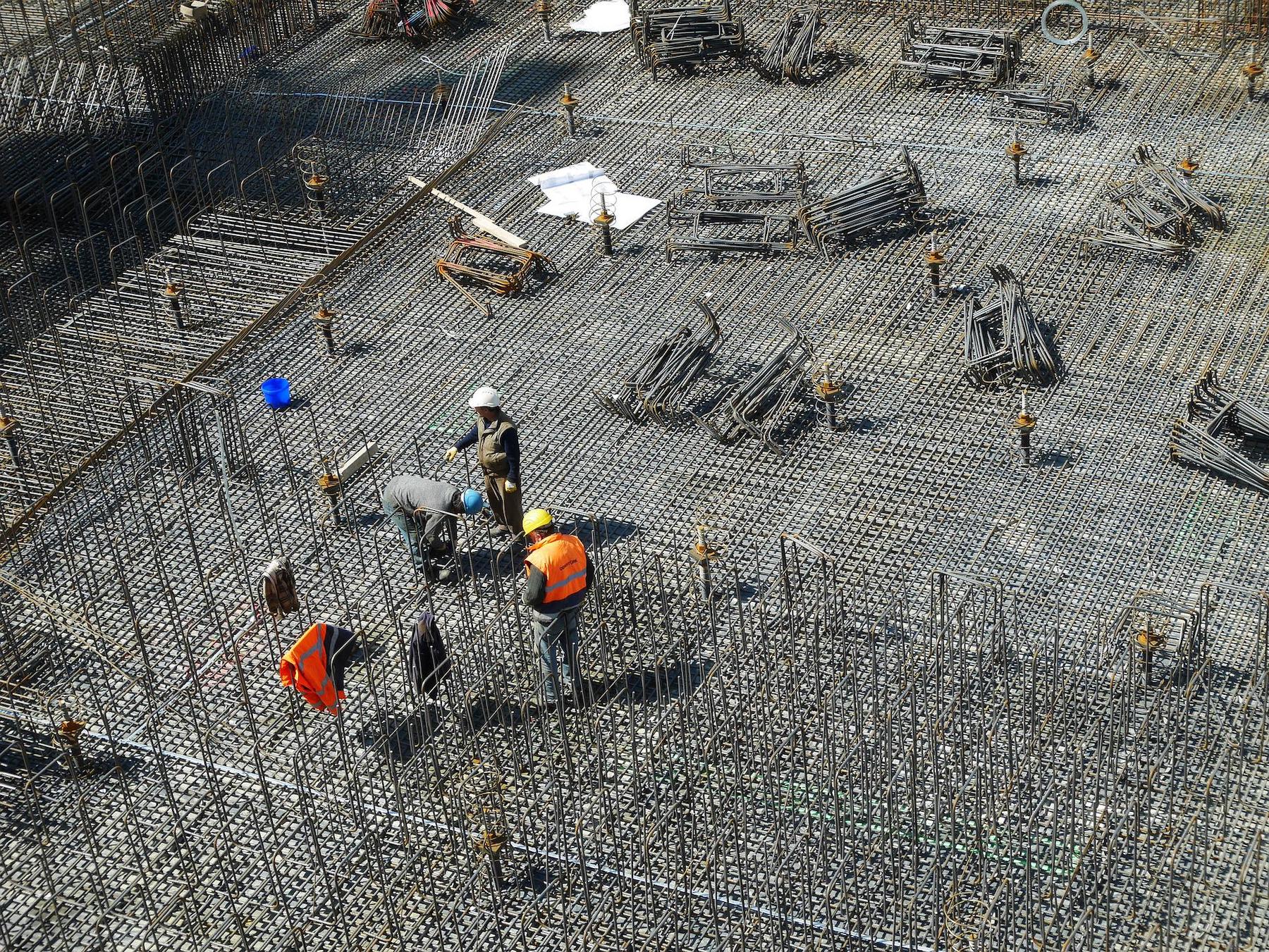Holcim and the Norman Foster Foundation have struck a partnership to rethink emergency shelters to turn them into sustainable and resilient homes.
Holcim will use its expertise in low-carbon innovative concrete-based solutions and affordable housing to design a concept for building 1,000 shelters and a medical facility in one day, according to a news release. The goal is to offer dignified and resilient accommodation to the world’s growing number of displaced people.
The collaboration will begin with a one-week workshop in June in Madrid, Spain. The aim is to create affordable shelters capable of disassembly, reuse, and recycling. Holcim will use its experience in building affordable housing and on innovations such as low-carbon concrete, lightweight prefabricated support structures, and green cements for soil stabilization. Holcim built Africa’s largest 3D-printed affordable housing project in Kenya, developed by its joint venture 14Trees in partnership with CDC Group, the UK’s development finance institution.
“Currently we have over 80 million people who have been forced to flee their homes around the world,” said Jan Jenisch, CEO, Holcim. “Emergency shelters can be more than just a roof over their head—they should offer people the dignity and safety of a home. We are excited to collaborate with the Norman Foster Foundation to put our solutions as well as our expertise in affordable housing to work to achieve this goal.”
Related Stories
| Aug 11, 2010
Platinum Award: Reviving Oakland's Uptown Showstopper
The story of the Fox Oakland Theater is like that of so many movie palaces of the early 20th century. Built in 1928 based on a Middle Eastern-influenced design by architect Charles Peter Weeks and engineer William Peyton Day, the 3,400-seat cinema flourished until the mid-1960s, when the trend toward smaller multiplex theaters took its toll on the Fox Oakland.







